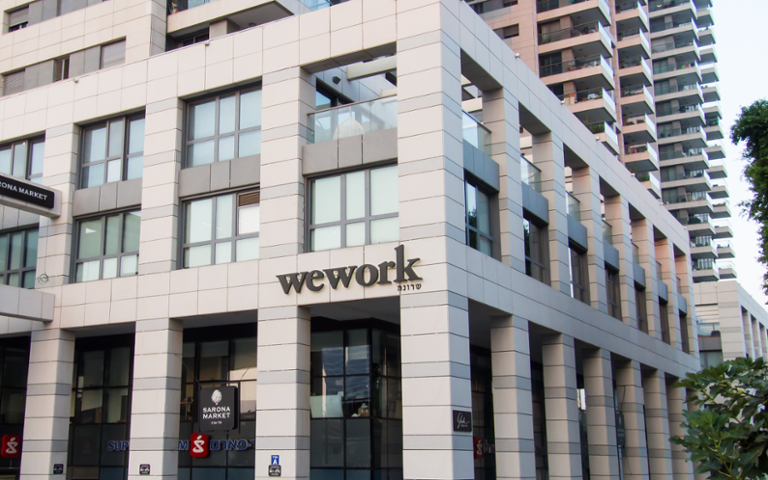WeWork
isn’t a publicly traded company (yet). It doesn’t have to release full earnings statements, but because it issues bonds, it has to be at least
slightly open about its revenue and expenditures. And its recent performance may indicate co-working as a concept is in a big ‘ol bubble. The good news for WeWork: Revenue doubled in 2018 to $1.82 billion. The bad news is far more telling: Losses also doubled, and outpace earnings to the tune of $1.93 billion. Occupancy fell to 80 percent, down four percent from last quarter, meaning WeWork is creating more supply than demand. The annual revenue generated per occupant also dipped to $6,360, which is 13.5 percent lower than Q1 2016.
Wolfstreet quotes WeWork’s vice chairman Micheal Gross as saying, “We have access to a lot of capital in a lot of pockets and we have a big opportunity ahead,” during a call with bond holders and some media outlets. Gross also said, “We’re sitting on well north of $6 billion in cash,” which sounds nice, but it may all be from one investor: Softbank;
Bloomberg says WeWork has a $1 billion note, a $3 billion warrant, and a separate $2 billion investment from the Japanese mega-corp. The various deals have given WeWork a valuation of $47 billion. At nine years old, WeWork has quickly risen to become synonymous with the term ‘co-working space.’ But Wolfstreet points out the undercurrent of its business model may be eroding:
In April 2018, WeWork’s issued $702 million of 7.875% notes due in May 2025. S&P rates them B+, four steps into junk (corporate rating scales by S&P, Moody’s and Fitch). And Moody’s, in an unusual move, withdrew its credit rating of the bonds last August, citing “insufficient or otherwise inadequate information.” The bonds have been in the red for almost the entire time and closed today at 91.25 cents on the dollar, according to FINRA/Morningstar data.
And:
These losses of nearly $2 billion in 2018 are operating losses, and not investments in new office projects. After the company leases office space and decks it out, it takes up to 18 months to fill the space, and during that time, the space produces lots of expenses but revenues start out at zero and grow only gradually until the space is filled. That’s the price of expansion. But then there is a lot of churn, as “members” might not need that desk for all that long, and WeWork has to work furiously to find new “members” to rent those desks, and that involves a lot of expenses as well.
This all hints at the real issue with WeWork: If you're a freelance tech pro, you don’t need it. In
Sweden, people are turning the corporate co-working business model into a cottage industry. Homeowners are renting space in their abodes for others to have space to work. And if you're iconoclastic (or just don't like the idea of spending extra cash), you can always find a coffee shop (or a couch) to set up your daily workstation. Even so, uneasiness around WeWork’s financial statements hits close to home. Many tech freelancers and
startups use WeWork. but it may be time for us to individually express caution. Supply outpacing demand suggests the business model is not sustainable, and/or that rental fees are simply too high. When WeWork does go public (as most assume it will), expect pricing to escalate. That's not sustainable for tech pros operating on thin margins and short contracts. If WeWork continues its trend, co-working may lose its luster. Some folks prefer remote work; others simply can’t afford whatever may be in the pipeline for co-working spaces, pricing-wise. Having your own office is cool, but saving $6,360 per year while dodging flu shots and free kombucha samples at those too-hip-for-their-own-good office spaces is cooler.



